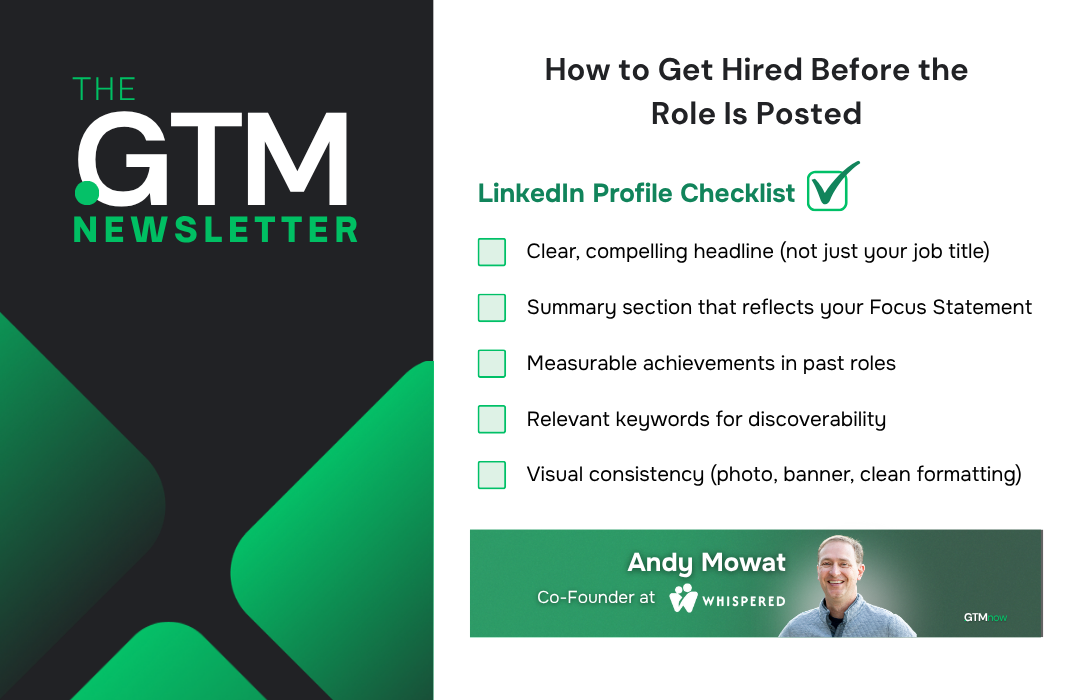Customers want to be recognized as people, not account numbers or dollar signs. If you want to create sales emails that get responses, it’s this one fact that you need to focus on.
No matter your industry, niche, product, or service, the ideal is to communicate with prospects and customers as individuals.
How do you do that? With personalization. They want it, need it, and expect it. If you don’t provide it, they’ll find someone else who does.
You’ve got mere seconds to persuade someone to care about your message. In fact, you have less than a second—two-tenths of a second to be precise—to make a good impression when someone lands on your website. Whether it’s an email, text message, blog post, website, or social media post, you only get a second or two at best to hook them.
Personalization makes you stand out in a sea of copy and paste, cookie-cutter, spray n’ pray campaigns that send the same thing to hundreds or thousands of people with the hopes that someone takes the bait.
Jump right to the 4-step plan >>>
Personalized Messaging/Content and CX
Personalized messaging and content improves the overall customer experience (CX), and the experience is poised to become the most important part of your acquisition and retention strategies.
- A better CX produces satisfied customers, and satisfied customers contribute 2.6x more revenue than a ‘somewhat’ satisfied customer, and a whopping 14x more than a somewhat dissatisfied customer.
- By 2020, the customer experience will surpass both price and product as the key brand differentiator.
- Over half (55%) of consumers are willing to pay more for a guaranteed good experience.
- Of organizations actively working to improve the CX, 84% report an increase in revenue.
American businesses lose $62 billion each year to bad customer experiences.
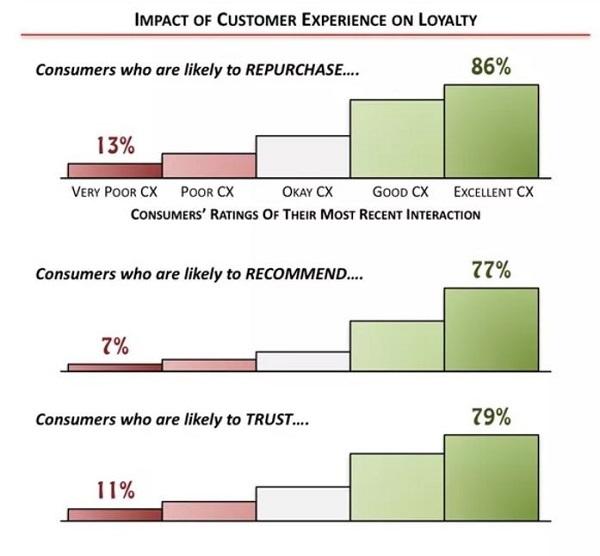
CX is increasingly important, personalization makes for a better CX, and a better CX leads to a more satisfied customer, which produces more revenue, retention, and advocacy.
“The customer experience is the next competitive battleground.” ~Jerry Gregoire, Former CIO of Dell and Pepsi
Combining market research and your customer personas to personalize from the ground up is the blueprint for powerful prospect and customer outreach.
Ready to make it happen?
Market and Persona
Any business owner worth their salt will have two assets at the ready: their market research and their customer personas.
Your market research is ideally done while your business is in the planning stage. Collect and analyze data on the needs, interests, and problems of your potential customers, among a slew of other things. Also conduct surveys, focus groups, observation, Q&As, lifestyle immersion, and more. You might turn to Quora, Reddit, or Facebook to talk with real people and collect real data.
Whatever you do, with market research you’ll end up with a great deal of insight on your ideal customers. That’s priceless in the business world. And you can use that.
Likewise, customer personas are a detailed, fictionalized profile—but based on real-life data—of the various buyers you’re targeting with your marketing efforts. They include demographics, challenges, background, interests, values, goals, common objections, fears, and more.
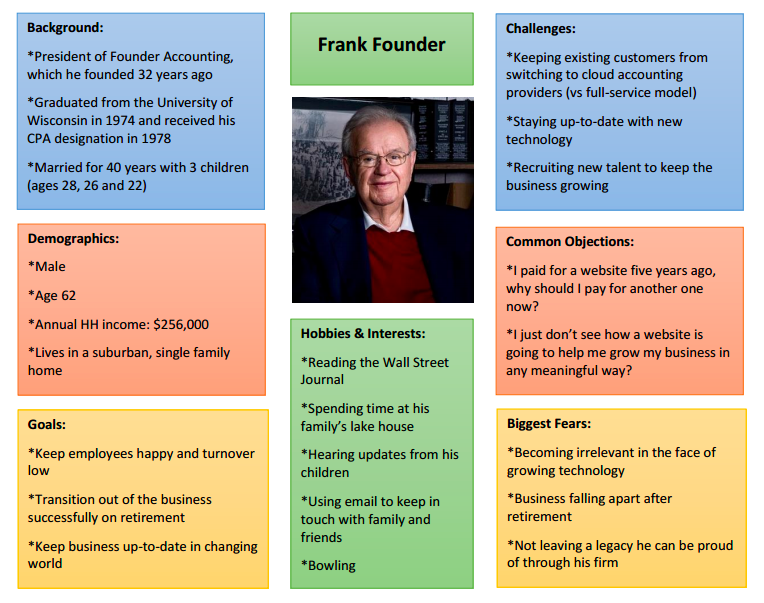
Identify how you can reduce purchase friction
You find the data for your personas in many of the same ways you conduct your market research. There’s a lot of overlap.
Ultimately, they both let you get inside the head of those you want to find, reach, connect, and engage. You can mine the personalization you need to make your outreach pop from the data you’ve already collected (you have collected it, right?).
If you’ve done it right, you know where they are, what they like, what motivates them, what they fear, what they want, what they need, and how to reduce and eliminate purchase friction with them.
Using that, you send them a personalized message. And the best way to reach out?
Cold email.
Cold Emailing: Why and How
Indulge me for a moment, because I want to quickly remind you why email should be your go-to channel for outreach. You’ve probably seen some of these stats already, but they warrant repeating:
- Email delivers an average $44 return for every $1 spent on it.
- 59% of B2B marketers list email as most effective for generating revenue.
- Emails produce 174% more conversions than social media.
- 89% of marketers list email as their top channel for lead generation.
- Email is 40x more effective at customer acquisition than social media.
But—and this is key–you’ve got to segment and personalize those messages:
- Segmented campaigns deliver 760% more email revenue.
- Segmented emails experience 14.31% higher open rates, 100.95% higher click-through rates, and 9.37% fewer unsubscriptions than non-segmented ones.
- Personalized subject lines increase open rates by 29.3%.
- Influencers cite segmentation (51%) and individualized messaging (50%) as the two most powerful email strategies.
1) Segmentation is key
You might have an excellent idea to pitch, but they might not even open your cold email.
Start simple. Use details that you know from your research and personas to break your email list into two to three segments. Try location, industry, or job title. It’s relatively easy to create a template for each of those. Instant personalization. Don’t fall into the trap of trying to include too much in each message.
2) Build rapport
A basic location segmentation, for example, still delivers the power of personalization. Mention some relevant news that recently occured there, a personal experience of yours with that spot, or an upcoming event. It doesn’t take much to get started.
3) Experiment with your format and styles
Try different cold email formulas and formats. Find something appropriate for your industry and prospects. Then find another. Experiment and test to see what works best for you and your customers.
4) Make the most of automation
Automate your personalization with an email marketing solution that includes merge fields and tags. With them, you can automatically drop personal details into your message template before sending them out. Then, segment again whenever a recipient meets your chosen criteria such as a reply, X number of opens, a click on a specific link, and more. A good email platform can automatically queue those leads on a separate list and notify you.
5) Don’t forget to follow up
Studies show you can get replies with your second (21% response rate), fifth (13%), or tenth (7%). So keep sending. Create an automatic campaign, and it’s all done for you.
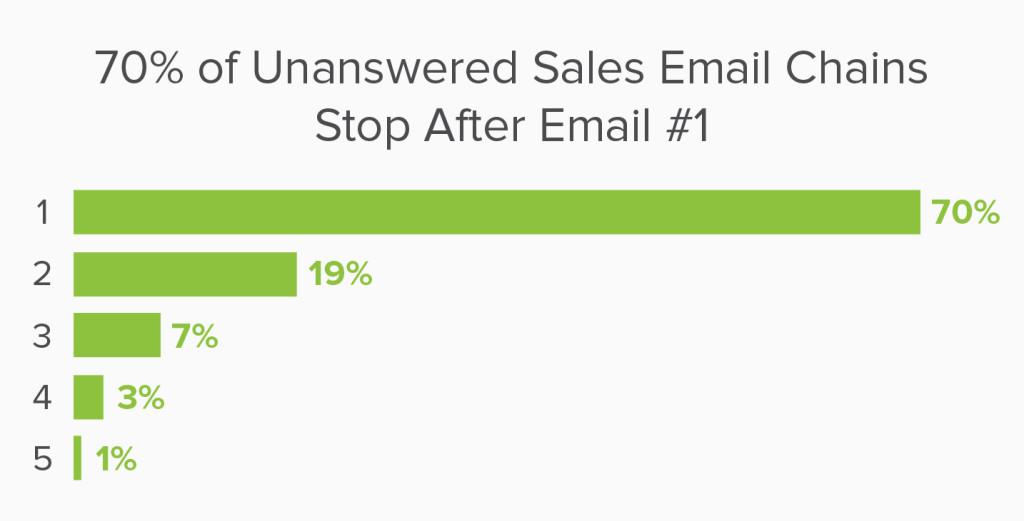
Overall, you’ll need a good CRM (like Pipedrive), an outreach intelligence tool (like FullContact) and an automated, email communication platform (like Mailshake) to keep track of everything, automate as much as possible, and flesh out your profiles.
For Sales Emails That Get Responses: The 4-Step Plan
Don’t overcomplicate things. Your outbound email efforts can be mapped out with only four basic steps:
- Identify. Who are your ideal customers?
- Differentiate. Segment your list of targets (i.e. personalize) using data from your market research and customer personas.
- Interact. Send out automated email campaigns with drop-in merge fields. Automatically follow up if you don’t get a response. Personally respond when you do.
- Customize. The more you interact, the more details you can collect, which provides you with greater personalization options.
If it seems too simple, it is. Remember, simple doesn’t mean ineffective. In fact, it’s typically the exact opposite.
Personalization can be challenging. Many marketers struggle with it for a variety of reasons—not enough data, inaccurate data, too much data, and so on.
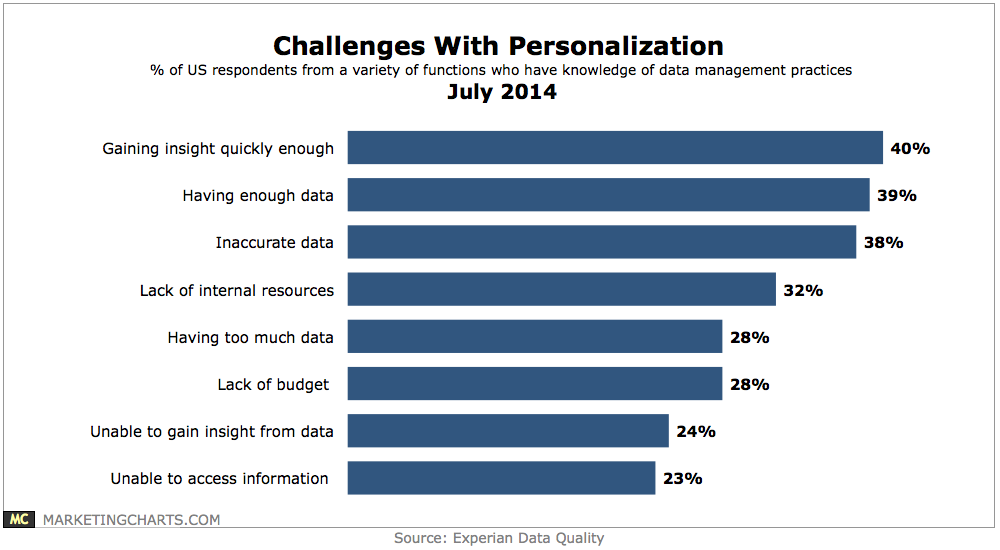
Start with Data: Test, Collect, Optimize
By combining your due diligence at the beginning of your business odyssey—market research and customer personas—you can start with the data you need. By utilizing a number of third-party solutions like Pipedrive, FullContact, and Mailshake, you can overcome your lack of internal resources. And by continuously testing, collecting, and customizing, you can gain valuable insight quickly and easily.
Problems solved.
You’ve got enough on your plate. As a modern business owner, you’ve got more balls in the air than any one person can handle. Simplify. Combine. Use what you already have to get more of what you need … in this case, prospects, leads, sales, and retention.
Identify, segment and personalize, interact, and customize. Stand out. Be unusual.
Do that, and your targets can’t wait to hear from you.
How do you personalize your outreach efforts? What’s worked best—and worst—for you? Leave your comments below.






